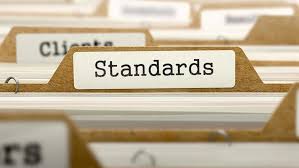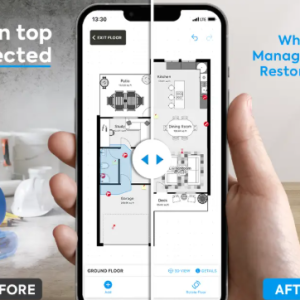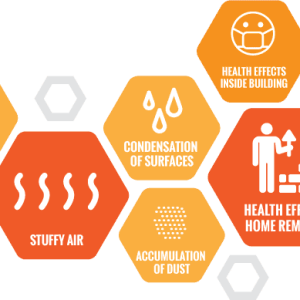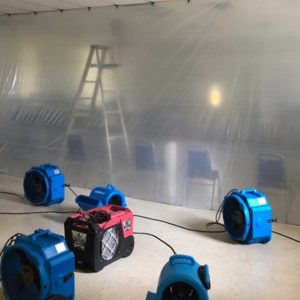Linking Standards to Documentation in Real-World Drying Projects
Course Overview:
This specialist training is designed for professionals in the restoration industry who need to understand not just what the standards say—but how to apply them through proper documentation.
You’ll learn how to integrate industry standards such as the IICRC S500 Standard For Professional Water Damage Restoration, IICRC S520 Standard for Professional Mold Remediation, Australian WHS guidelines, and any related standard that relate to building restoration industry directly into your reports, drying logs, monitoring forms, and job site records.
What You’ll Learn:
How to use the language of standards in your documentation
How to align your site reports, drying logs, and checklists with industry protocol.
The role of documentation in demonstrating compliance, professionalism, and defensibility
How to justify drying decisions using recognised standards of care
What’s required for audits, insurance claims, and legal scrutiny
Integrating Safe Work Australia and NCC moisture provisions into site practice
Standards Covered:
• IICRC S500 – Standard for Professional Water Damage Restoration
• Safe Work Australia – Codes of Practice for restoration and safety
• National Construction Code (NCC) – Dampness and health compliance
• Workplace Exposure Standards – Moisture, mould, and IAQ relevance
• Restoration best practices within the Australian context
Who Should Attend:
• Water damage technicians and drying specialists
• Insurance builders, estimators, and assessors
• Environmental hygienists and IAQ professionals
• Project managers and restoration supervisors
What You’ll Walk Away With:
Clear understanding of how to use standards in reports
Real-world examples and editable documentation templates
Confidence in using terminology that stands up in audits
Certificate of Completion and CPD hours (where applicable)






Reviews
There are no reviews yet.